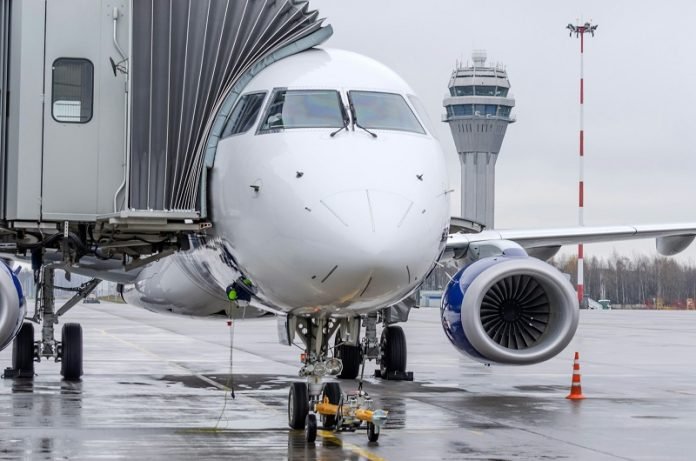
Airports are like busy intersections in the sky, with planes coming and going, weather changing, and unexpected delays popping up.
It’s a complex dance that affects when you actually get off your flight and start your vacation or make it to that important meeting.
Researchers from Lancaster University Management School have developed a smart computer program that could make this dance a lot smoother, cutting down on those annoying delays.
In their latest study, Dr. Rob Shone, Professor Kevin Glazebrook, and Professor Konstantinos Zografos have cracked the code on how to better schedule plane landings using advanced computer simulations.
Their work, detailed in the journal Transportation Science, introduces a fresh way of figuring out the timing for planes to land, aiming to keep flights on time and reduce waiting around in the air or at the gate.
Dr. Shone explains that airports face a lot of unpredictability.
Flights might get delayed taking off from their origin, the weather can suddenly change, or other unexpected events can happen, all of which make it hard to keep everything running on schedule.
Until now, the methods used to decide the order of plane landings didn’t fully consider all these unpredictable factors. That’s where their new research comes in.
The team has come up with a sophisticated model that combines simulation (a way to predict outcomes by imitating real-world processes) with optimization (finding the best solution from all possible choices).
This approach, known as simheuristics, is pretty cutting-edge. It allows the researchers to test out different ways of lining up plane landings under various uncertain conditions, like bad weather or delays in departure times.
Using this model, they can play out different scenarios to find the best sequence for planes to land. This isn’t just about making sure the plane that arrives first lands first; it’s about looking at the big picture to keep everything moving smoothly and punctually.
Their findings are promising. By applying their model, airports could potentially reduce the time planes spend circling in the air waiting to land (known as airborne holding delays) by more than 20%.
This means less fuel wasted, fewer emissions, and, most importantly, fewer frustrations for passengers. It also means that the overall operations at airports could become more punctual, making travel more reliable for everyone.
This research is a big deal because it shows how combining simulation and optimization can offer new solutions to old problems.
For air traffic control, this could mean a significant leap forward in managing the skies more efficiently and sustainably.
In summary, the Lancaster University team’s work is paving the way for smoother airport operations. By using their innovative computer models, airports could see fewer delays, happier passengers, and a more punctual schedule.
It’s a win-win for everyone involved, from the airlines to the travelers. So, the next time you find yourself landing right on time, you might have simheuristics to thank for that punctual arrival.



